Colored pencils are among an artist’s greatest tools. They offer the look of a painting with deep, rich color and shine but with far more control. The versatility of colored pencils enables artists to create detailed and natural-looking artwork.
Table of Contents
Choosing Colored Pencils
Let’s start with the basics. Colored pencils are wooden pencil shafts filled with wax or oil-based colored pigment as opposed to the graphite of regular pencils. There are also watercolor pencils, which can be used dry or wet to create your desired effect.
Different manufacturers utilize different combinations of pigments, additives, and binding agents in their pencils. Most are wax-based, but if available, try out the oil or watercolor versions to see which you prefer.
Wax-based pencils are easier to lighten and also blend and layer well. Oil-based pencils are harder to find but are more durable, easier to sharpen, and offer a unique texture.
You can also choose colored pencils with hard or soft lead. Hard leads are best for the beginning of your drawings—their fine points make cleaner lines and edges and can be sharpened to a very fine point, making them perfect for detailed work. Soft leads contain more wax and are better for color work, layering, and blending.
Tips for Sharpening Colored Pencils
Since the pigment contains wax or oil, you may want to use an inexpensive hand-held sharpener. The wax or oil from the core can build up and ruin expensive sharpeners fairly quickly.
To sharpen with a hand-held sharpener, insert the pencil and turn the sharpener in complete circles around it until you achieve your desired point. Avoid turning and rocking the pencil back and forth, as this can damage the pencil.
If you’d like to use an electric sharpener, hold your pencil steady, sharpen only a few at a time, and then give the sharpener time to cool off before beginning again. As an electric sharpener heats up, it can soften and “grab” the wax core of your pencil and pull it out. Run a regular graphite pencil through the sharpener occasionally to clean the blades.
Techniques & Examples
Using colored pencils is fairly intuitive, but there are a few techniques to note.
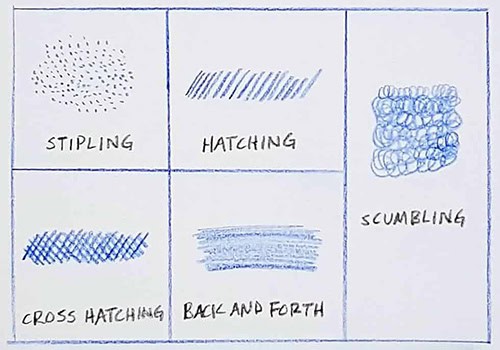
Stippling
Cover an area with tiny dots of color to add texture using this impressionistic technique. Experiment with stippling using both dull and sharp pencils for varying results.
Hatching
Add a series of parallel lines to create texture or shading to an area. Sketch the lines close together or far apart for differing looks.
Cross Hatching
Add a second set of parallel lines, going in the opposite direction, over your hatched lines to create shading.
Back and Forth
Move your pencil back and forth across your page, without lifting it, to cover the paper with a solid color.
Scumbling
Move your pencil in a circular motion, without lifting it, to cover the page with a solid color.
Layering, Mixing, and Blending
Layer shades of the same or opposite colors for a more natural, realistic look with more depth. It’s important to layer colors in steps rather than trying to put down heavy layers of color at once.
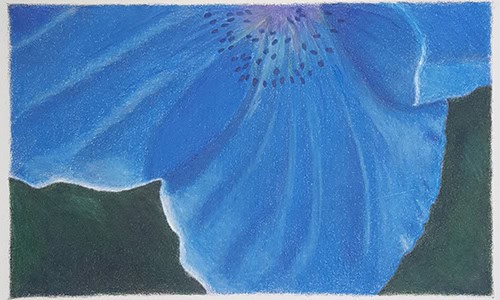
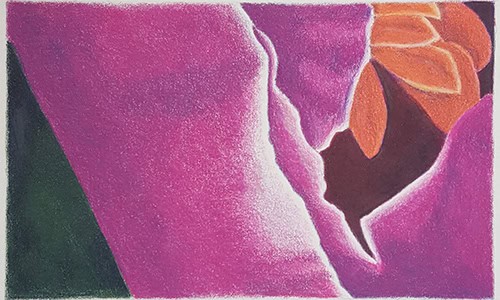
Remember to layer colors to create custom shades rather than using a ready-made secondary pencil. This will give a more natural effect. Once you’ve completed your color and shading, blend hard edges with a colorless blending pencil. These wax-based pencils blend and soften edges without adding additional color.

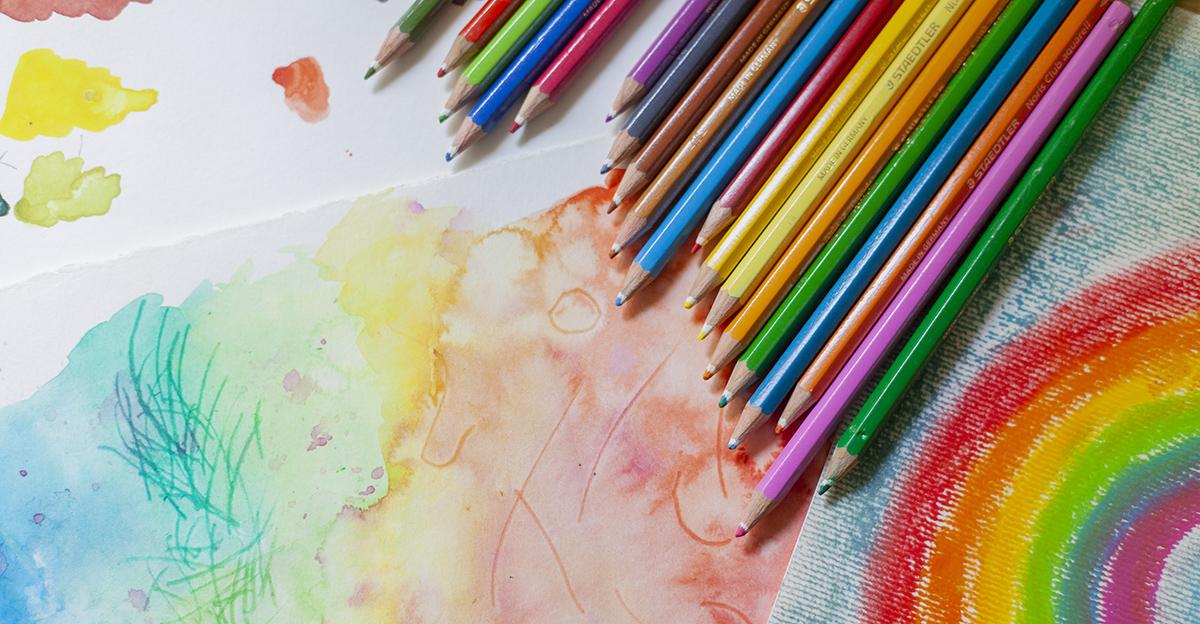
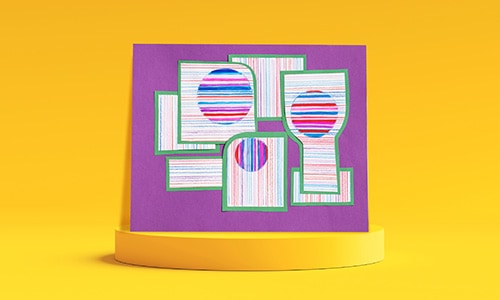
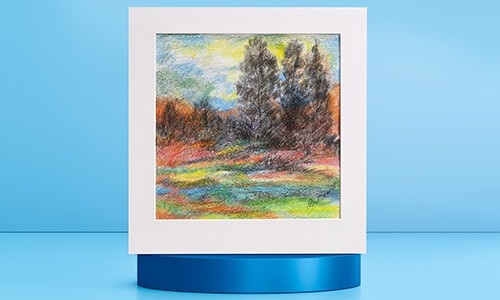
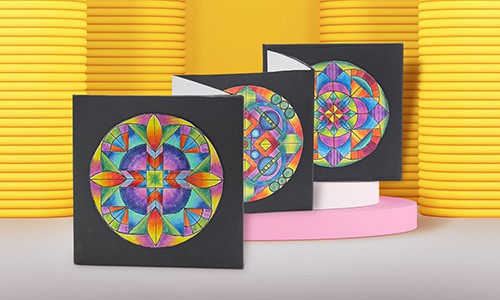




Leave a Reply